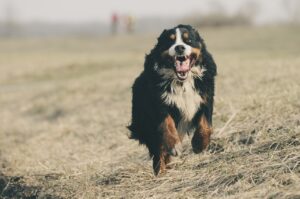
Exploring the Benefits of Dog Runs: Why Every Dog Owner Should Consider Them
As a dog owner, it’s essential to provide your furry friend with a safe and secure place to enjoy the outdoors. One excellent option is

As a dog owner, it’s essential to provide your furry friend with a safe and secure place to enjoy the outdoors. One excellent option is
Are you welcoming a new furry friend into your home? One of the first and most exciting decisions you’ll make is choosing the perfect
Bringing a new puppy into your life is an exciting and joyful experience. As a responsible dog owner, it’s crucial to understand the importance of
Walking your dog is not just about physical exercise; it’s a fundamental aspect of their overall well-being. However, taking your furry friend for a
As a responsible dog owner, it’s vital that your furry companion has a safe environment in which they can exercise and explore freely. Dog kennel
Dogs are beloved pets and devoted friends, but sometimes their behavior can confound or even worry their owners. You may better comprehend your dog’s behavior,
For dogs, dental health is a crucial component of general wellness. Numerous health issues, including bad breath, gum disease, and tooth loss, can result from
Dogs are one of the most well-known and loyal human friends that most people want to have in their life, but sometimes, we see some
It can be incredibly frustrating to watch your dog, who was once so full of energy and life, become inactive and uninterested in playing.
From the Ancient Egyptians to the modern day, there has been an undeniable bond between humans and dogs. Whether it’s snuggling together on the couch
WhatsApp Us